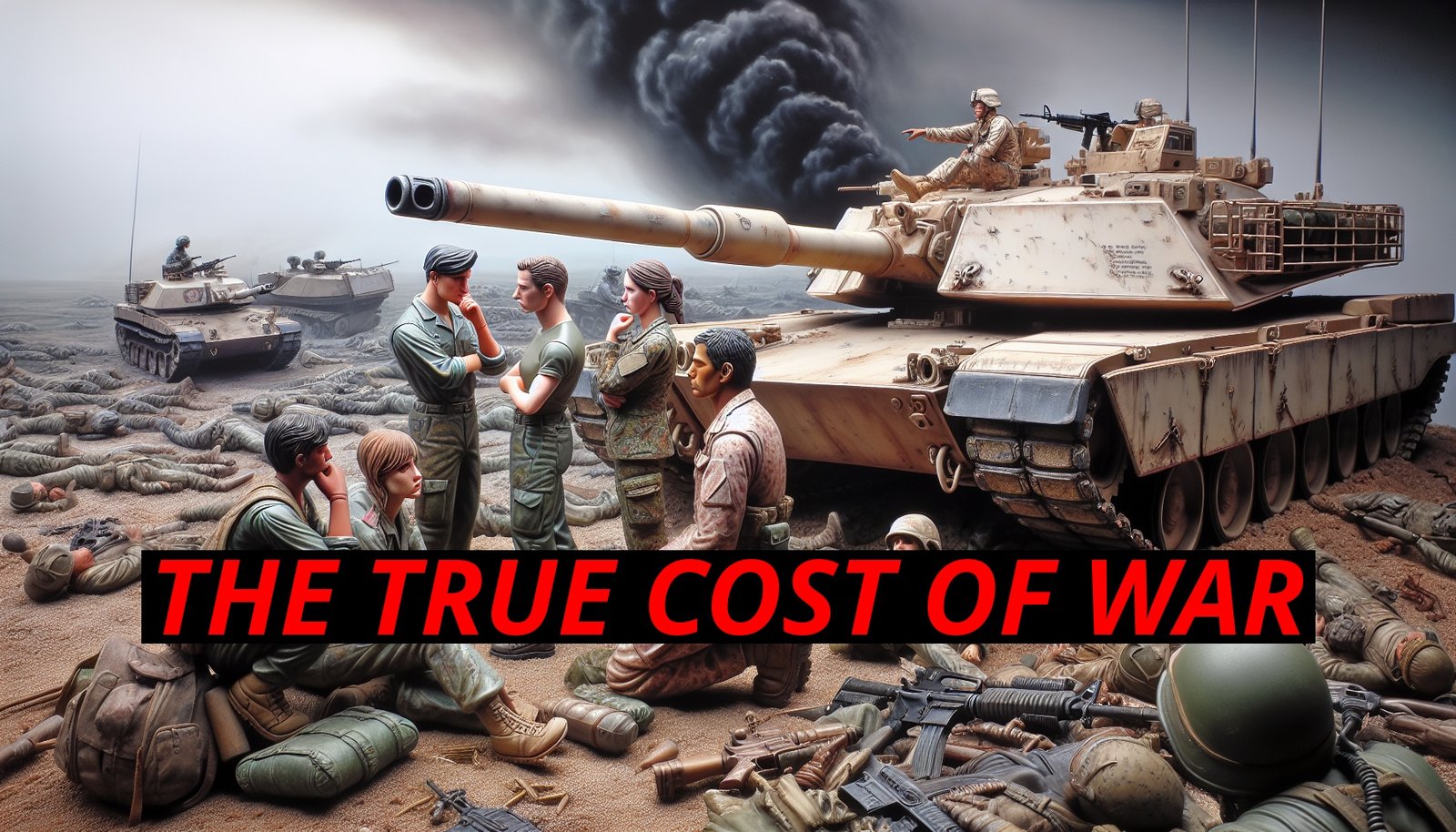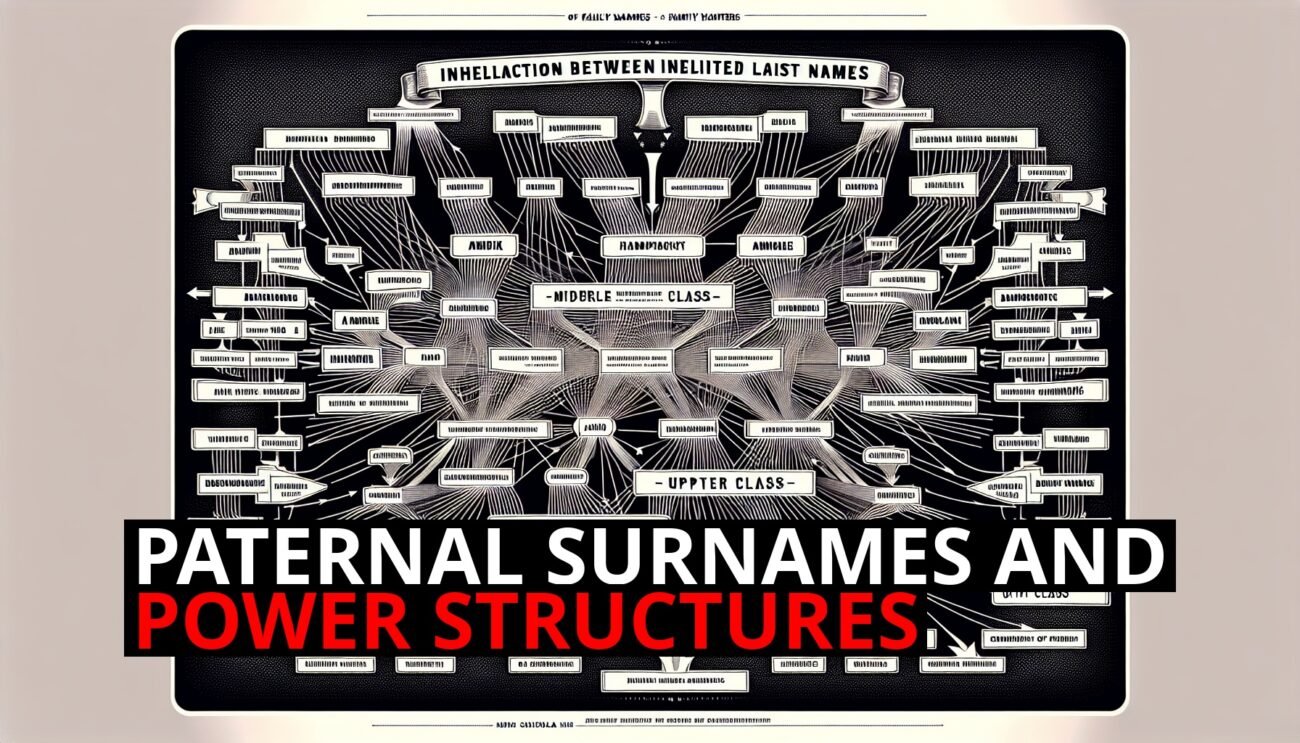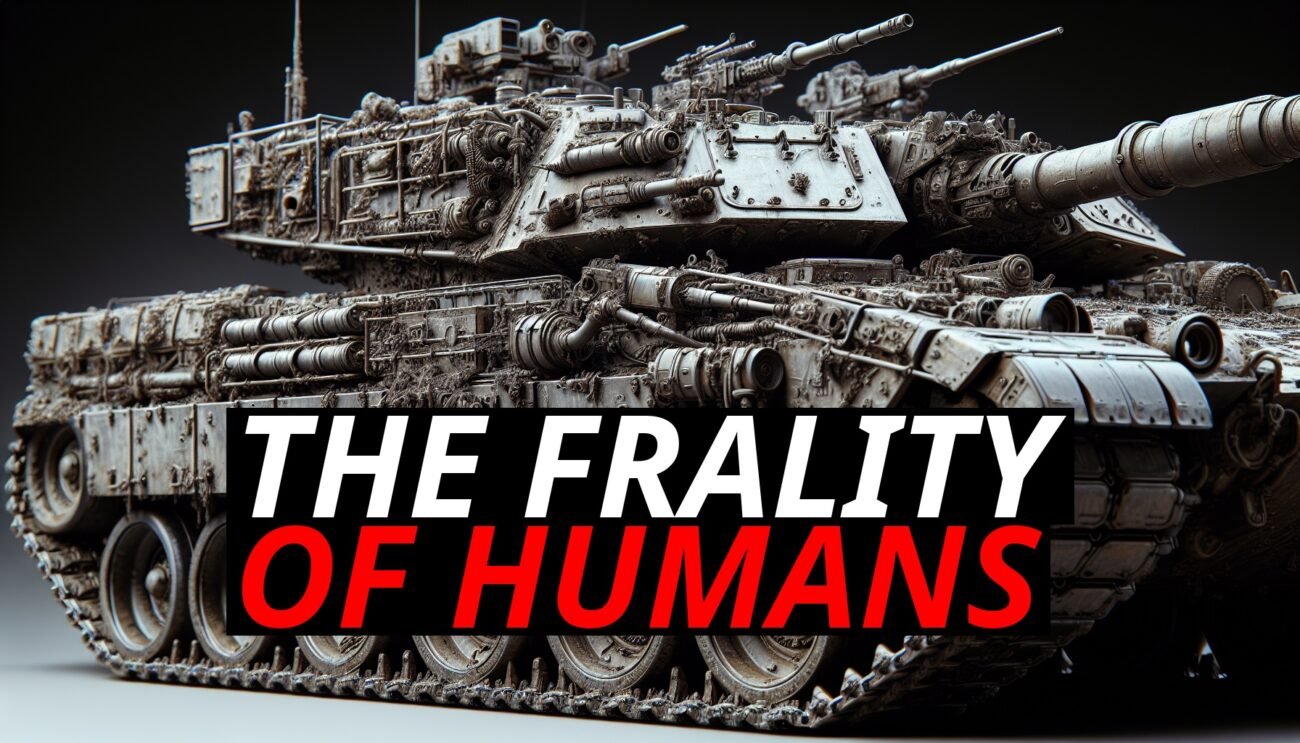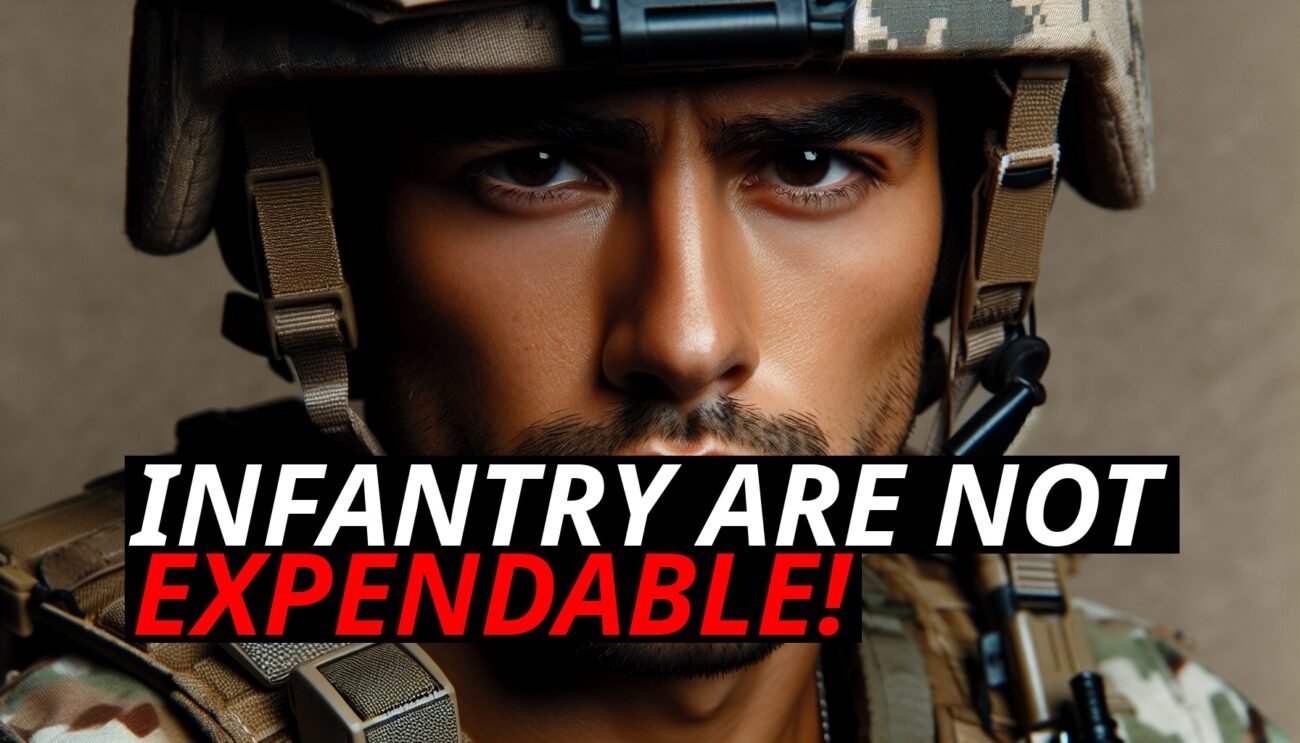Viewing Tanks As Disposable Assets To Minimize Human Casualties
Welcome to Strategic Warfare, your ultimate source for exploring the nuances of military strategy and modern combat. Today, we delve into a compelling argument: viewing tanks as disposable assets to minimize human casualties. This perspective might seem unconventional, but it’s crucial for understanding modern warfare’s priorities.
Human Assets: The Most Critical Resource
In modern warfare, the most valuable asset isn’t the hardware—it’s the human beings who operate it. Whether we’re talking about tank crews, infantry soldiers, or aircraft pilots, the human cost of warfare is immeasurable. Training, experience, and the irreplaceable value of life make human assets the most critical to preserve. This is where the idea of tanks as disposable comes into play.
The Protective Role Of Tanks
Tanks are designed to withstand significant damage and often protect their crews from fatal harm. When a tank is hit and disabled, the robust armor usually ensures the survival of the crew, who can then be rescued and redeployed. The tank itself, while costly, can be repaired or replaced more easily than the highly trained personnel inside it.
By treating tanks as disposable, military strategy can focus on utilizing them to their fullest potential, even in high-risk scenarios. This aggressive use can draw enemy fire, absorb damage, and create opportunities for other units. The primary goal is to reduce the risk to human life by letting the tanks take the brunt of the enemy’s attacks. This approach forces the enemy to expend resources on neutralizing these heavily armored vehicles, thus protecting the more vulnerable human assets.
Manufacturing And Logistics Advantage
Unlike human lives, tanks and their spare parts can be mass-produced on assembly lines. This manufacturing capability means that the loss of a tank is far more manageable than the loss of trained soldiers. The logistics of replacing tanks, while significant, pale in comparison to the profound impact of human casualties.
Strategic Deployment Of Tanks
This perspective shifts the focus of military operations. Instead of conserving tanks at all costs, commanders can deploy them in ways that maximize their protective value for the troops. The tanks become shields, absorbing the initial onslaught and allowing infantry and other units to operate more safely and effectively. This approach emphasizes the value of human life over material assets. Tanks, while expensive and complex, are ultimately replaceable. The humans who operate them are not. By viewing tanks as disposable, we can develop strategies that prioritize human safety, using the tanks’ durability and firepower to protect our most valuable assets.
Historical And Modern Examples
Historically, we’ve seen examples of this approach. During World War II, the Allies produced large numbers of Sherman tanks, using them aggressively despite their vulnerabilities. The production capability outpaced the losses, allowing for sustained operations. In modern conflicts, tanks like the Abrams and Leopard 2 are built with advanced armor and systems to protect their crews, enabling their use in high-risk situations where their impact is maximized.
Differentiating Between Tank And Crew
One key aspect is the differentiation between the tank and its crew. The crew’s survival is paramount. Modern tanks are designed with features to maximize crew protection, ensuring that even if the tank is lost, the crew can be saved and continue contributing to the mission. This approach emphasizes the value of human life over material assets. Tanks, while expensive and complex, are ultimately replaceable. The humans who operate them are not. By viewing tanks as disposable, we can develop strategies that prioritize human safety, using the tanks’ durability and firepower to protect our most valuable assets.
Conclusion
In essence, the strategy of treating tanks as disposable assets revolves around leveraging their strengths to safeguard human lives. It’s about understanding that the ultimate costliest losses in warfare are human casualties. By deploying tanks aggressively and allowing them to take the hits, we protect our soldiers, reduce human casualties, and maintain combat effectiveness.
What do you think about this perspective? Do you agree that tanks should be viewed as disposable to lower human casualties, or do you see potential downsides to this approach? Share your thoughts in the comments below.
Thank you for joining us in this thought-provoking discussion. If you found this article insightful, please share it and leave a comment. Until next time, stay strategic!













